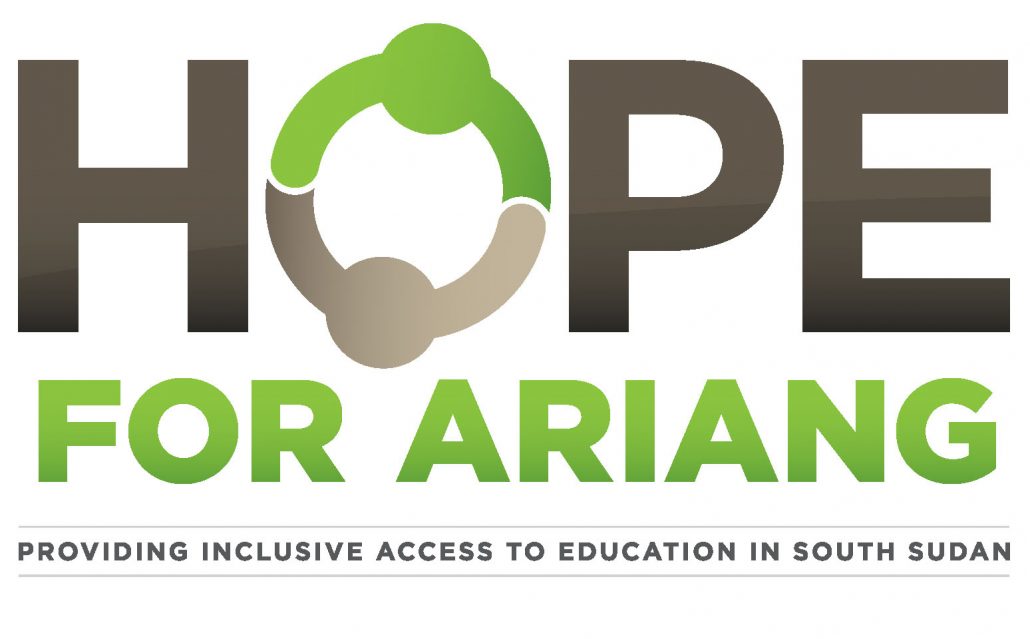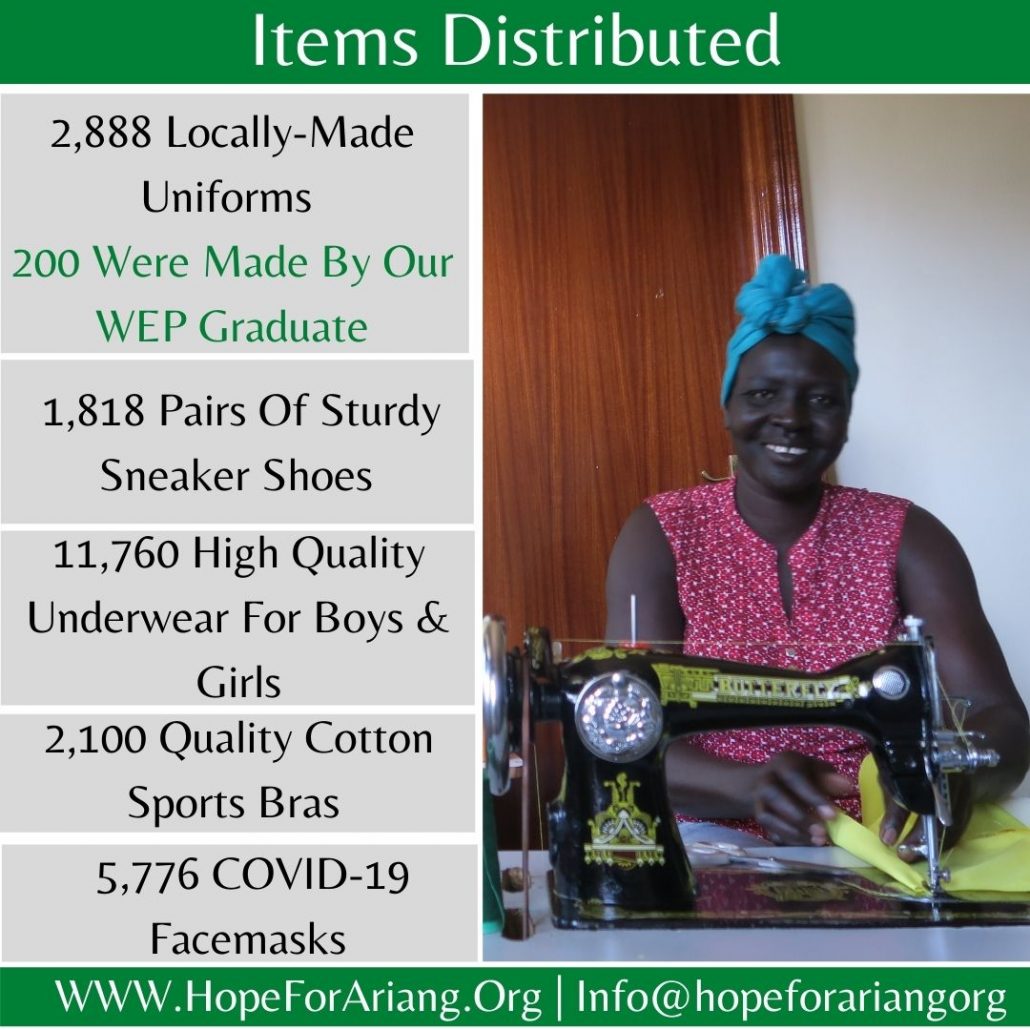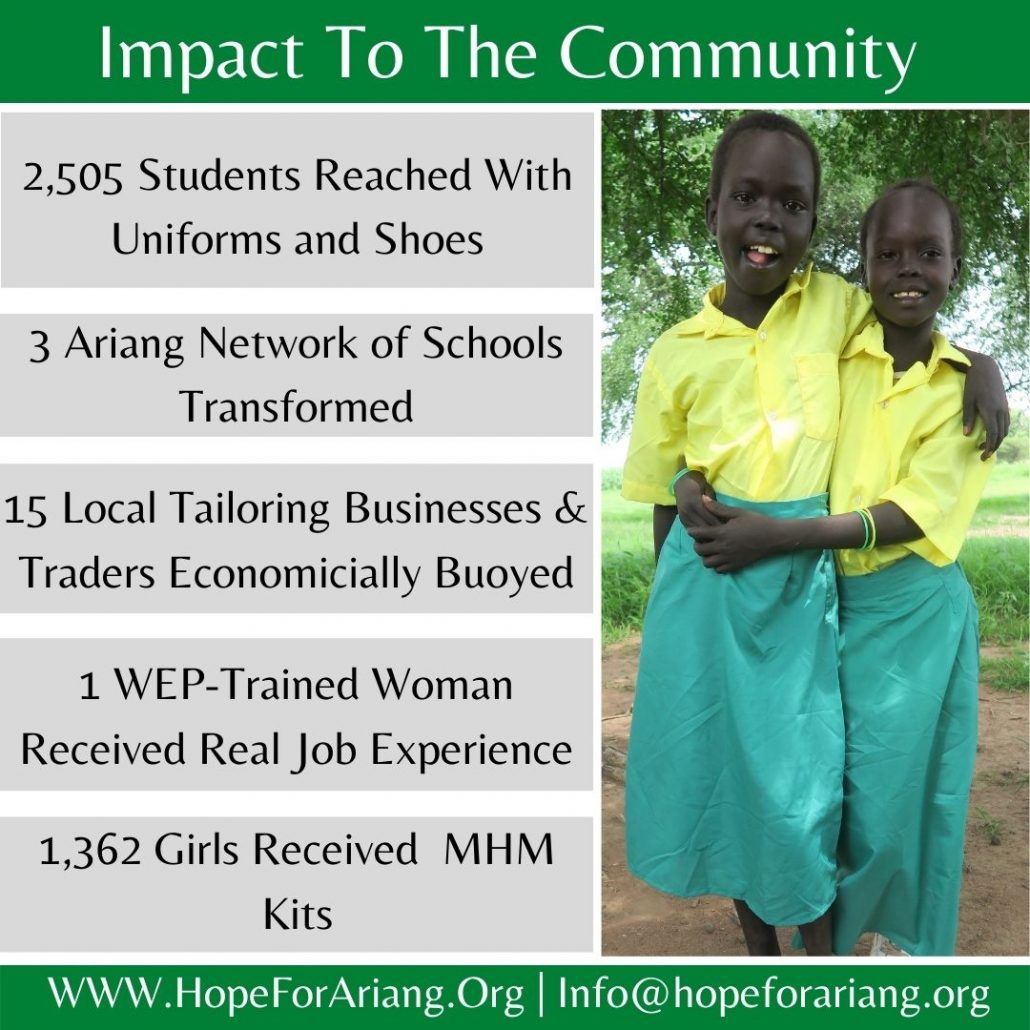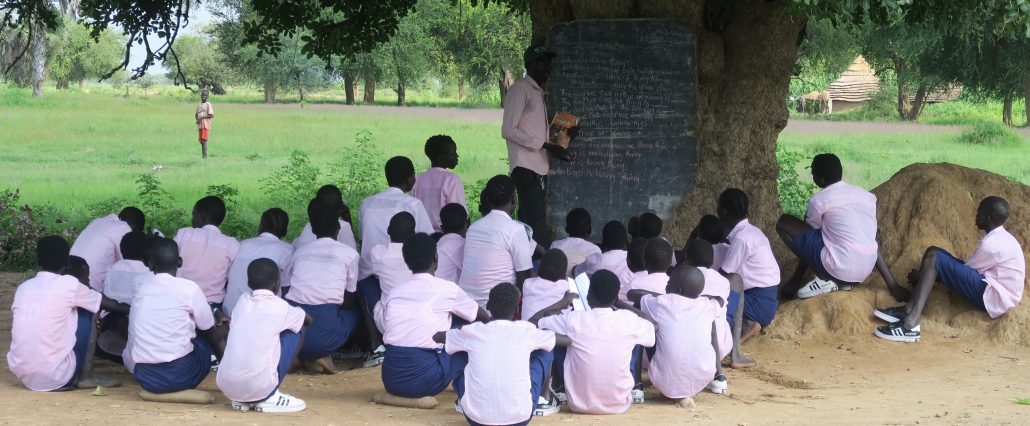A Shared Vision for Education
A glance at South Sudan’s and Kenya’s Education systems
In a world driven by knowledge and innovation, education stands as the cornerstone of progress and development. Every nation strives to provide its citizens with a solid educational foundation, but the path to achieving this goal varies greatly from one country to another.
South Sudan and Kenya share a common vision of education for their populations: to provide their citizens with quality education. While the path to achieving this goal may differ, the commitment to learning and progress remains unwavering.
Today, let’s compare the contemporary education systems of these two nations South – Sudan and Kenya.
South Sudan’s Education System – As Observed By HOPE for Ariang Foundation
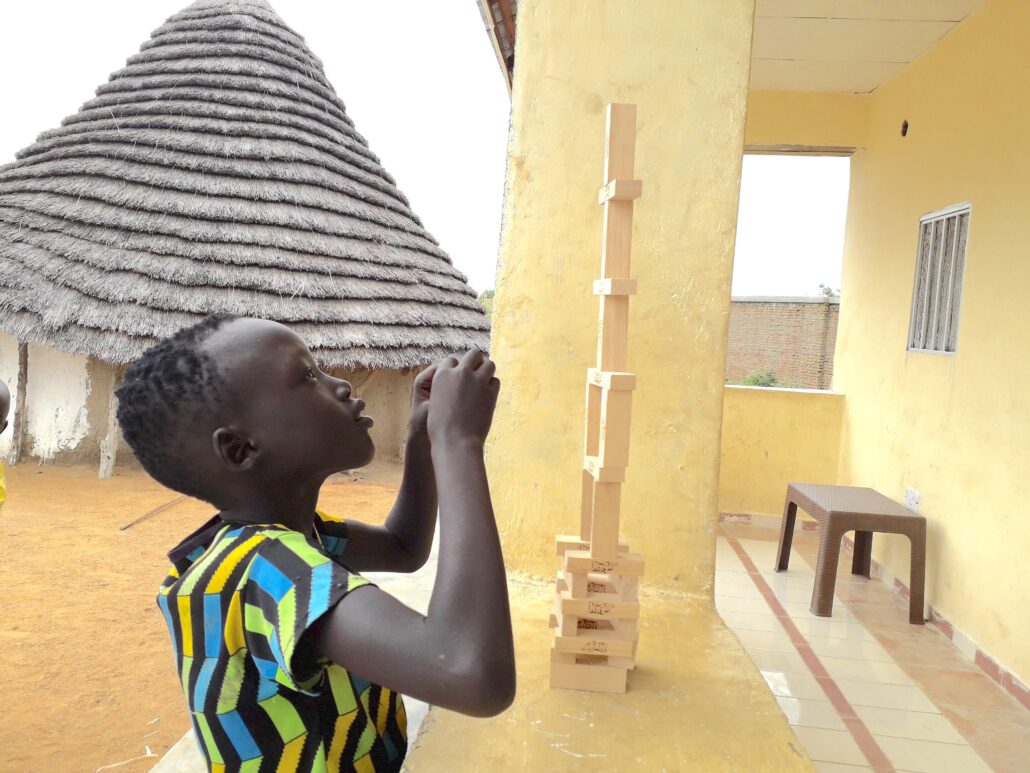
Limited Infrastructure:
- According to UNICEF, only 48% of schools in South Sudan have access to clean water.
- Approximately 88% of schools lack basic sanitation facilities, affecting the overall learning environment.
- In remote areas, schools often lack proper classrooms, forcing students to study in makeshift structures.
Teacher Shortages and Pay Inequalities:
- The student-to-teacher ratio in South Sudan is estimated at 89:1 for primary schools (UNESCO).
- Teacher salaries in South Sudan are among the lowest in the world, leading to a significant shortage of qualified educators.
Security Concerns:
- Ongoing conflicts have disrupted education in South Sudan. UNICEF reports that over 2 million children are out of school due to insecurity.
- Schools have been targeted during conflicts, leading to damage and destruction.
Curriculum Development:
- South Sudan is in the process of developing a national curriculum that reflects the country’s diverse cultural and linguistic backgrounds.
- This transition presents an opportunity to promote indigenous knowledge and values in education.
Kenya’s Education System – As Observed By HOPE for Ariang Foundation
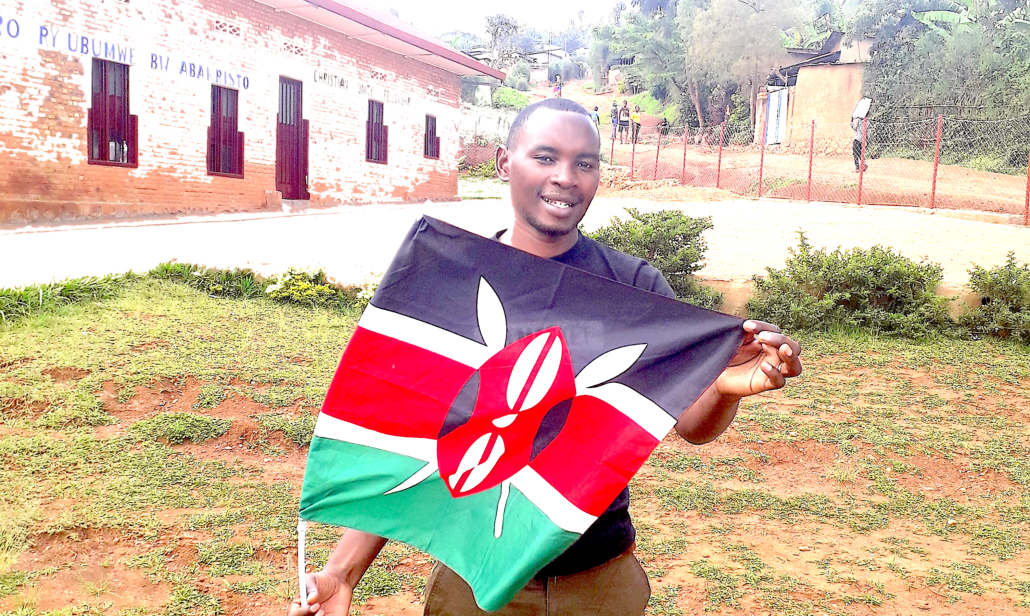
Universal Primary Education:
- Kenya introduced free primary education in 2003, resulting in a significant increase in primary school enrollment. Over 8 million students are enrolled in primary schools (World Bank).
Infrastructure Investment:
- Kenya’s government has invested in constructing new classrooms and providing textbooks to primary school students.
- Initiatives like the Elimu Tuitakayo program have improved school infrastructure across the country.
Teacher Training:
- The Teachers Service Commission (TSC) in Kenya is responsible for teacher recruitment and professional development.
- Kenya’s commitment to teacher training ensures a qualified teaching workforce.
Technological Integration:
- Kenya’s “Digital Literacy Program” aims to provide laptops to primary school students to enhance their digital skills.
- The program seeks to bridge the digital divide and prepare students for the modern workforce. Comparing the Contrasts: Challenges and Progress
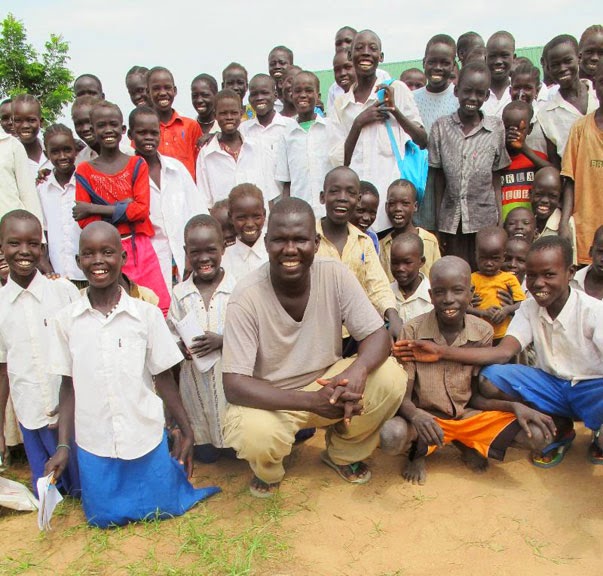
Access to Quality Education: While Kenya has made progress in achieving universal primary education, there are still disparities in the quality of education between urban and rural areas. In South Sudan, access remains a more significant challenge due to ongoing conflicts and limited infrastructure.
Teacher Quality: Kenya’s investment in teacher training and development has led to a relatively well-qualified teaching workforce. South Sudan faces a critical shortage of qualified teachers, impacting the quality of education.
Curriculum Development: Kenya and South Duan have improved their efforts to strengthen curriculum development processes. Kenya seeks to update its curriculum to meet the needs of a changing world, while South Sudan is in the early stages of creating a national curriculum tailored to its context.
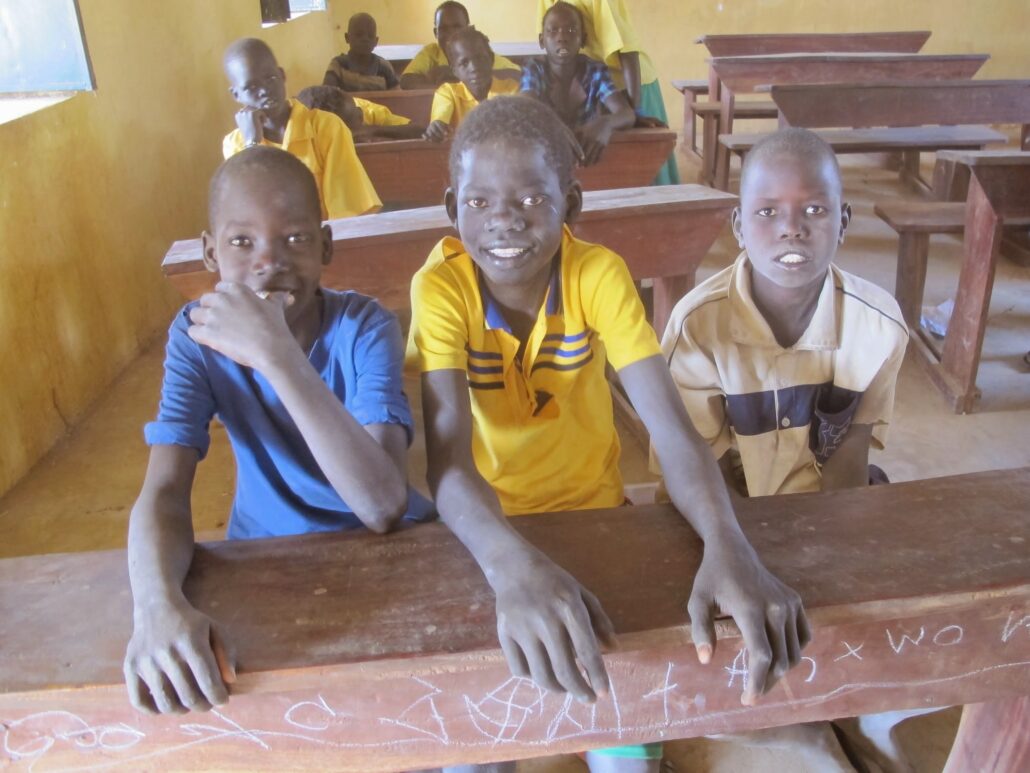
Technology Integration: Kenya is ahead in integrating technology into education through initiatives like the Digital Literacy Program. South Sudan faces infrastructure challenges that limit the widespread adoption of technology in schools.
Looking Forward
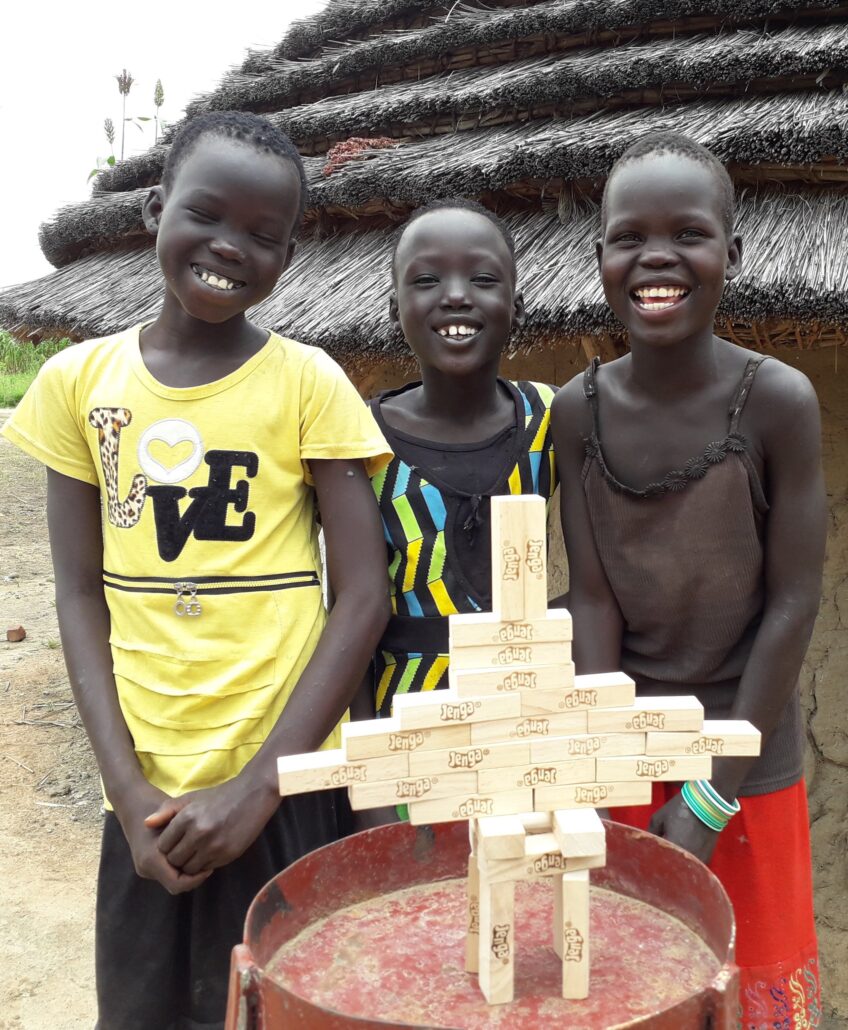
Like Kenya, South Sudan seems to be making substantial progress in its education system despite the significant challenges faced due to ongoing conflicts and limited resources. It is incredible that both Kenya and South Sudan share the aspiration of providing quality education to their citizens and are working towards overcoming their unique obstacles on this journey.
South Sudan’s unique set of challenges calls for the government, civil society organizations, the international community, and the local community to work together to mobilize the resources needed to improve the situation. The policies need to be strengthened and fully implemented to protect the children of South Sudan from the harms that come with the lack of quality education.
Those of us who have the opportunity to access quality education and reap its benefits clearly understand what the child of South Sudan is missing (will miss) out on if the education system fails to favor affordable access to quality education. It is essential that all efforts are applied so that the child of South Sudan is not locked out of A BEARABLE FUTURE.
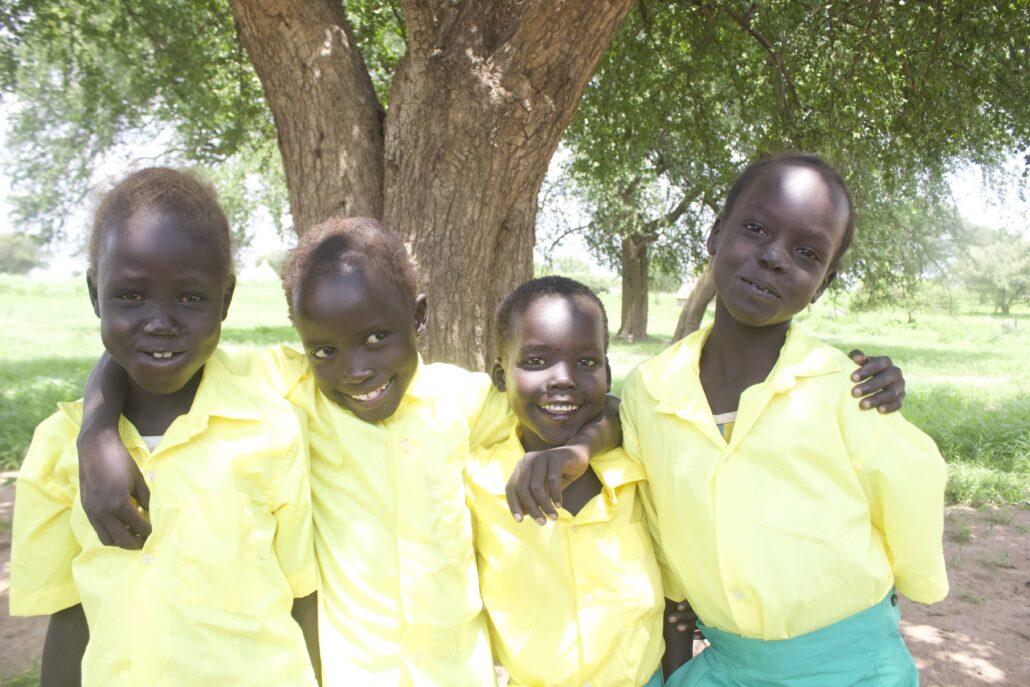
It would be very stretching (if possible at all) for the children of South Sudan to realize their full potential without proper education.
